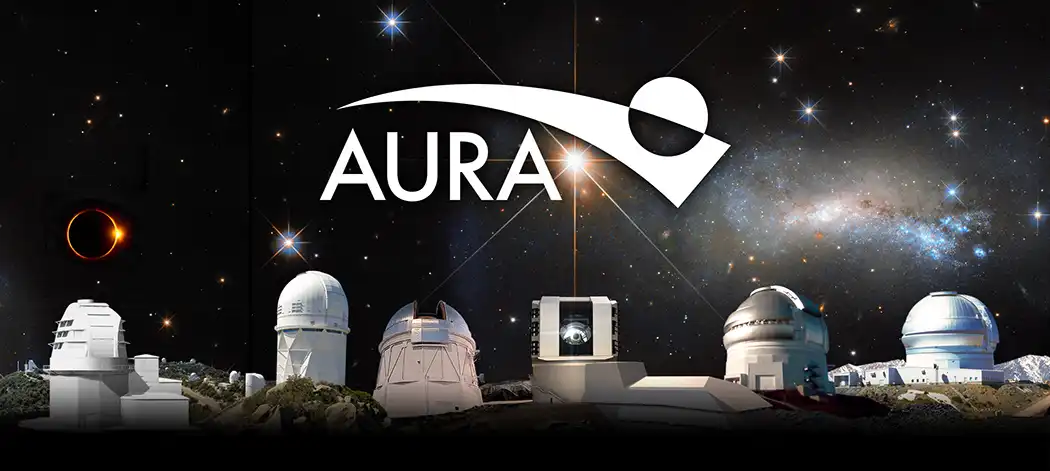Pair of lava fountains on display as fourth episode of current Kīlauea eruption continues

The summit eruption at Kīlauea volcano that began on Dec. 23 entered its fourth eruptive episode on Jan. 15 and continues this morning.
Activity is concentrated at two lava fountains in southwest Kaluapele that have each built up a cone and have associated lava flows. As of this morning, both cones are 30 to 35 meters tall (100 to 115 feet), and field crews report that the current fountaining is generally the height of the cones, with occasional fountaining to 40 to 45 meters (130 to 150 feet). There have been lava ooze-outs overnight on the crater floor in areas that covered by lava during earlier episodes of the current eruption.
All eruptive activity remains confined within Kaluapele (the summit caldera), although persistent fountaining coupled with Kona winds has resulted in Pele’s hair reported in some public areas within the National Park and in nearby communities, according to scientists with the Hawaiian Voclano Observatory.
No unusual activity has been noted along Kīlauea’s East Rift Zone or Southwest Rift Zone.

Over the past 24 hours, persistent lava fountaining, coupled with Kona wind conditions, has resulted in Pele’s hair falling on nearby communities, along with tephra fall at Uekahuna Overlook and within the closed area of the National Park, according to the HVO.
There have been reports of Pele’s hair near Uekahuna Overlook, the Kīlauea Visitor’s Center, the Volcano Golf Course subdivision, Volcano Village, and Ohia Estates; other areas and communities may also be affected.
The current eruption at the summit of Kīlauea is the sixth eruption within Kaluapele since 2020. These eruptions in the summit region have lasted from one week to more than a year in duration.
The HVO reports: “Like most of the other eruptions, this event began with vigorous lava effusion and volcanic gas emissions, but it has paused three times and is now in Episode 4. Episodes 2, 3, and 4 of this eruption were preceded by re-inflation of the summit. Summit eruptions observed over the past 60 years have exhibited vigorous activity in the opening days which can episodically wax and wane, or drop over time to more sustainable low effusion rates, or slowly diminish and end.”









